OF THE
TIMES
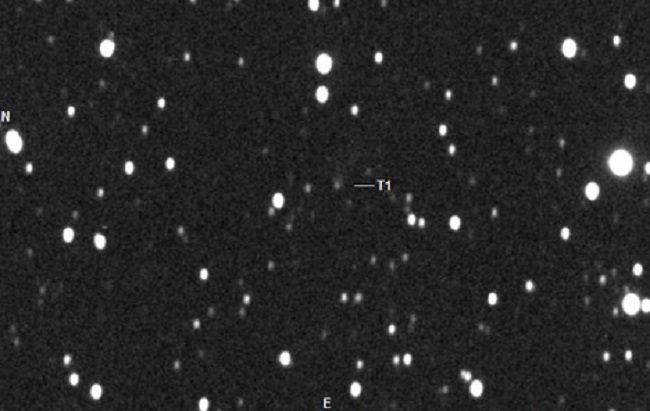
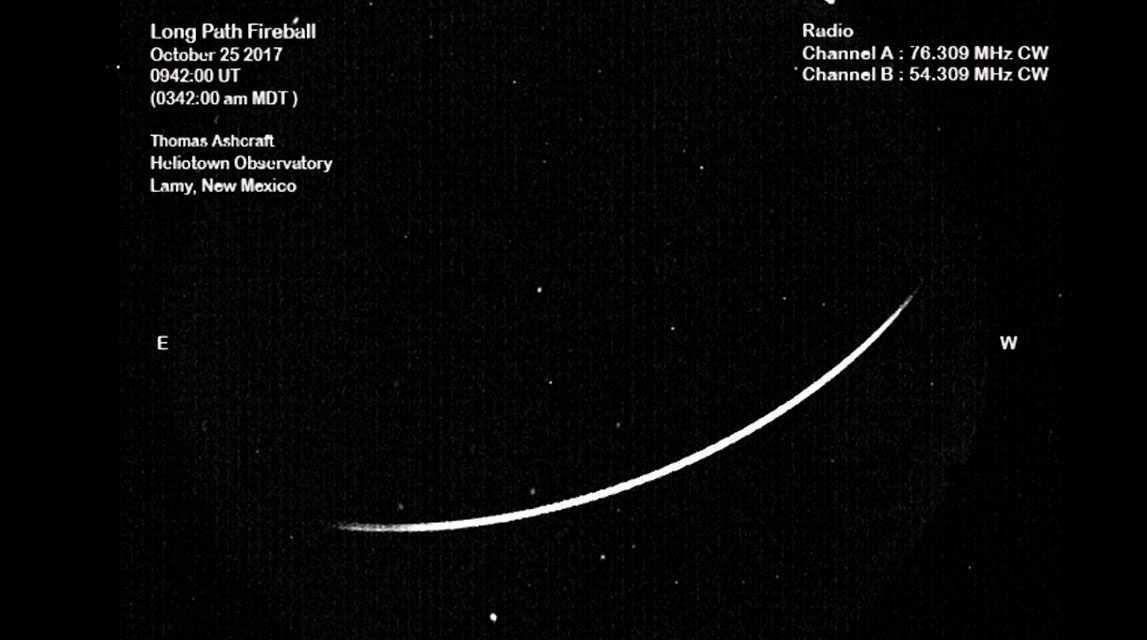
Had camera aimed at eastern sky in dark desert area near Superstition Mountains in Gold Canyon. I had been making 20-second exposures continually for about 30 minutes. Grace was with me as my camera shutter happened to be open when this fireball came out of the sky from the Taurus constellation.Thanks, Joanne! Meanwhile, some 100 miles (about 150 km) to the south, Eliot Herman in Tucson, Arizona also caught a bright Taurid fireball at 10:27 p.m. on the evening of October 21 ...
Nikon D750, 20mm Nikon lens. Processed the raw file to adjust the foreground brightness and darken the highlights of the meteor.
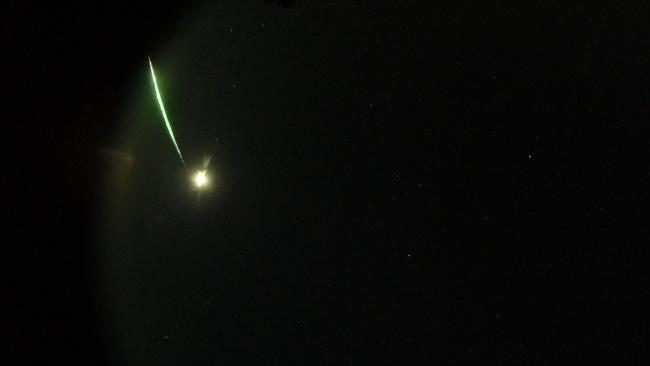

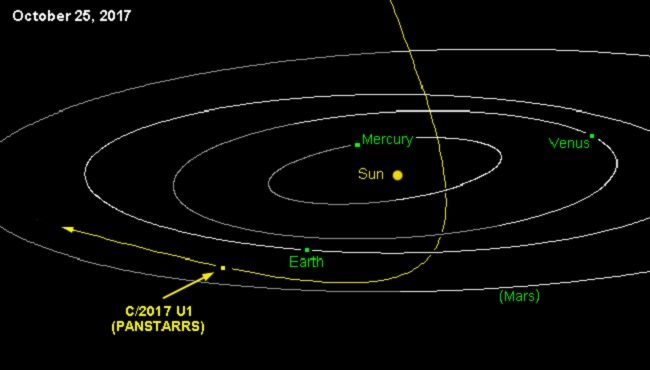
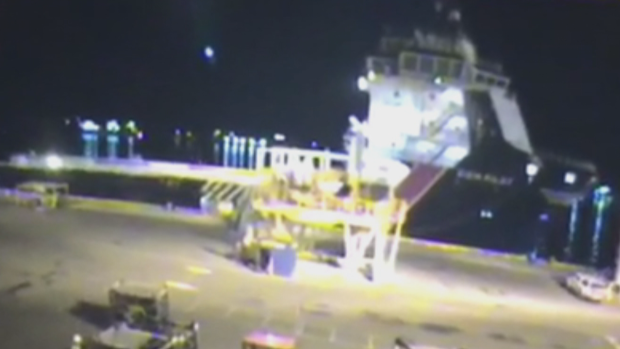
Comment: According to Meteorites Australia, sounds associated with meteorite falls (as reported by observers) can include crackling sounds like gunshots and cannon-like explosions.